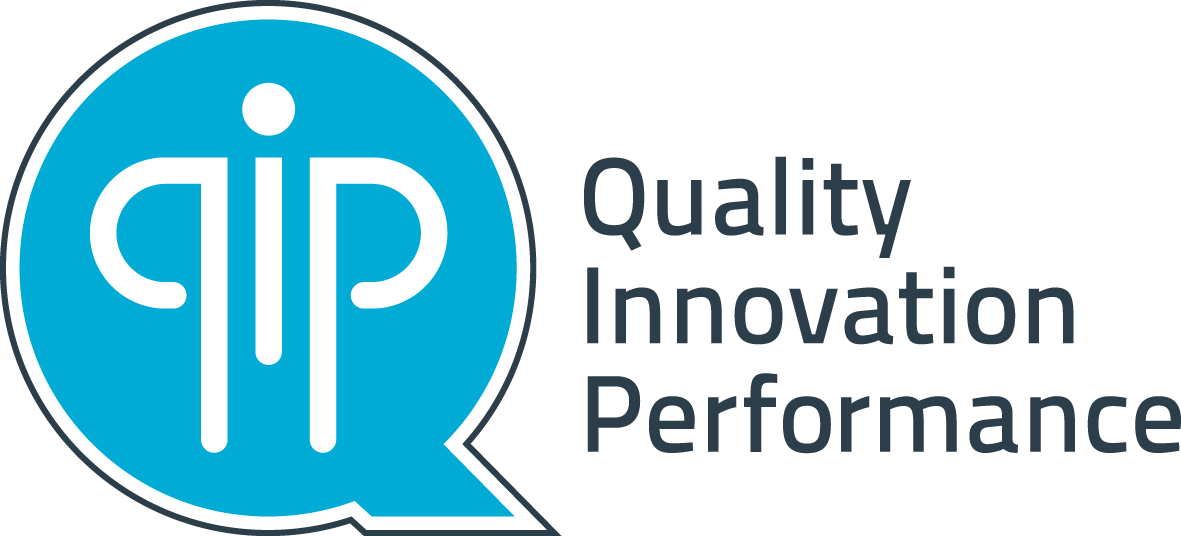Latest news

Unpacking Open Disclosure in Healthcare: Insights from QIP’s Latest Webinar
In the recent QIP Accreditation Unpacked webinar, Amanda Ginger, a registered nurse and Lead Assessor, delivered an enlightening session on the essential topic of open disclosure. This webinar is part of an ongoing series designed to unpack key aspects of healthcare accreditation under the National Safety and Quality Health Service (NSQHS) Standards. Here is a comprehensive recap of the session and the key takeaways for healthcare organisations.
Understanding open disclosure
Open disclosure is more than a regulatory requirement – it is an ethical obligation and a fundamental aspect of patient-centred care. Open disclosure involves an honest discussion with patients about incidents where harm has occurred during their care. It includes an apology, an explanation of the incident, and a discussion on the steps to prevent recurrence.
Key elements and best practices
Amanda outlined the five key elements of open disclosure:
- Apology or expression of regret: Should always include the words “I am sorry” or “we are sorry”.
- Explanation of the incident: Delivered without apportioning blame.
- Discussion of the incident: With the patient, their family, or carers.
- Exploration of patient’s views: Understanding their perspective on the incident.
- Implementation of changes: To ensure such incidents are not repeated.
These elements ensure transparency and foster trust between healthcare providers and patients. Amanda emphasised that open disclosure is not limited to severe incidents but should be practised even in cases of minor harm, reinforcing its role in continuous quality improvement.
The 8 guiding principles of Open Disclosure Framework
Health services organisations are required to practice open disclosure as part of the Clinical Governance Standard in the NSQHS Standards. The Australian Commission in Safety and Quality in Health Care (the Commission) established the Australian Open Disclosure Framework and Amanda discussed the eight guiding principles of the framework as follows:
- Open and timely communication:
- Open disclosure involves honest and prompt discussions with patients whenever a patient has suffered an adverse event. This includes an apology, an explanation of the incident, and a discussion on the steps to prevent recurrence. Timeliness is crucial, with initial discussions recommended within 48 hours of becoming aware of the incident.
- Acknowledgement:
- It is essential to admit that an error has occurred. This involves recognising the incident, understanding its impact on the patient, and acknowledging the need for improvement. Acknowledgement should be part of the organisation’s core values and embedded into its processes and culture.
- Apology or expression of regret:
- Always include the words “I am sorry” or “we are sorry” in your communication with the patient and their family. An apology should be sincere and accompanied by an explanation of what happened and what will be done to prevent it from happening again.
- Supporting, and meeting the needs and expectations of patients, their family, and carers:
- Engage patients and their families in the open disclosure process. Provide them with all necessary information about the incident and involve them in discussions about the incident and the steps being taken to address it. Ensure they understand their rights under the Australian Charter of Healthcare Rights.
- Supporting, and meeting the needs and expectations of those providing health care:
- Ensure that staff involved in open disclosure are well-supported. Provide them with training, clear policies, checklists, and other resources to guide them through the process. Support their emotional needs, especially when handling stressful situations.
- Integrated clinical risk management and systems improvement:
- Integrate open disclosure into the organisation’s risk management and quality improvement systems. Record incidents, follow-up actions, and outcomes in the quality improvement register. Use this information to drive continuous improvement and prevent future incidents.
- Good governance:
- Maintain up-to-date, evidence-based policies and ensure they are accessible to all staff. Governance should ensure that open disclosure processes are regularly reviewed, effective, and integrated into the organisation’s overall management and operational framework.
- Confidentiality:
- Ensure that all information related to open disclosure is handled confidentiality. This includes respecting patient privacy and safeguarding sensitive information.
Implementation and monitoring
Effective implementation of open disclosure involves more than having a policy in place. It requires embedding these practices into the organisation’s culture and daily operations. Amanda stressed the importance of training staff, maintaining up-to-date policies, and having robust systems to monitor and evaluate the effectiveness of open disclosure processes. She advised that even organisations with infrequent incidents should ensure their staff are prepared to conduct open disclosure when necessary.
Tools and resources
Amanda highlighted several resources to assist organisations in implementing open disclosure effectively:
- The Open Disclosure Framework: The foundational document endorsed by Australian Health Ministers.
- Checklists and Templates: Available from the Commission’s website.
- Open Disclosure Organisational Readiness Assessment Tool: A vital resource for preparing for accreditation, available on the Commission’s website or through QIP.
Watch the full webinar to unpack open disclosure as a critical component of quality healthcare. By integrating open disclosure practices into their daily operations, healthcare organisations can enhance patient trust, improve safety, and comply with national standards, ultimately contributing to better healthcare outcomes.
For more information or personalised assistance, contact our team today.




